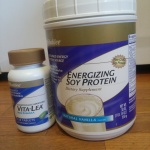Gentle Reader,
I hear “I’ve got to lose those extra pounds I gained over the holidays.” This cry goes up every year in January. The newsstands and grocery checkout lanes are full of magazines with the latest and greatest way to lose weight. Did you ever wonder why it is so hard to get to your goal weight and stay there?
Could it be a question of BELIEF? Perhaps you do not believe you can maintain your goal weight for the rest of your life. Perhaps you, like me, have gained and lost countless pounds never believing you would/could arrive at and remain at your goal weight from now on—even when the holidays came and you indulged a little more than normal.
This was my personal view for many years. Those extra 25 pounds just hung around, got lost and found themselves again. After the holidays, I would have to make a great big effort, increase the exercise program, go back to my fat clothes for a while and suffer. Not anymore.
What changed for me can change for you, too. I developed an enduring belief in myself at 140 instead of 160.
A little book called Mach II: With Your Hair on Fire, by Richard Bliss Brooke came across my desk recently. In chapter 7, he describes how we change our beliefs and how the new belief will create new results. He opens this chapter with this quote from the Bhagavad-Gita “Man is made by his belief. As he believes, so he is.” I will add Dr. Shaklee’s famous saying, “What you think, you look. What you think, you do. What you think, you are!”
In my case, I suddenly gained 25 pounds when I got so sick in high school that I couldn’t swim. I swam competitively and ate all I wanted without ever going over 137lbs: milk shakes after school, candy bars, fried chicken and mashed potatoes and gravy, biscuits with butter and honey, all that great Southern cooking available to me every day. My mother was so shocked at my sudden weight gain—along with the stretch marks on my thighs and breast—that an all out war on food ensued. My father and younger brothers got involved in weighing in Betsy every morning and counting her calories every night. Mother and I ate competitively, going for a 25 lb weight loss in a few months. We ate those appetite-suppressant chocolates called Aydes, grapefruits and nothing else for lunch. I can’t remember what other stringent means we concocted. You have probably done similar things to lose the weight you fight.
“We made up all the beliefs we have about ourselves. We made something up based on what happened, or what we thought happened, or what someone told us happened. And then, we went about learning to believe in those stories by listening to them over and over again” in our thoughts. I decided, based on my father and brothers’ words, that I had no will power and that I would never lose those extra 20-25 pounds.
“Human beings are not born believing anything. All we are at birth a clean slate for limitless possibilities.”
Brooke says the first step is “We give up our right to be right about us.”
Think about that statement. We give our right to be right about ourselves.
He goes on to explain “Most of us hold on to what we believe to be true—about life and most everything else—as if there were no possibilities for any other truth. Breaking through your barriers to success requires that you make up a new set of ideas of what’s possible, so that your possibilities support and empower your desires. It comes down to a new screenplay.
Sometime in the 80s, I started drinking Shaklee’s Energizing Soy Protein shakes and leading weight loss classes called Slim-up and Live. I listened to a 20 min. audio cassette in which questions or images were suggested. I listened every day, often more than once. At some point, I was a person who weighed 140lb.—not 160lb.—and my eating and exercise supported that vision, that belief. I gradually started to think thin.
Brooke uses an interesting analogy taken from the practice of dyeing cloth used by Native Americans. “Creating a new belief is like dyeing cloth in the old traditional way. Native Americans would take a piece of natural fabric and change it into a different color by soaking the cloth in a dye, squeezing it out, hanging it up to dry and set, and continuing the process over and over again until the cloth ended up the color they wanted—the color they thought was possible to achieve.
“At first there was little, if any, change in the color of the fabric. It took many soakings, rinsings and settings, and the change of color was gradual. Although at times the change was hardly noticeable, the new color deepened each time. After a while, this change accelerated, becoming richer faster, until soon there was no hint of the original color. The old color was gone and in its place was the new color.
“Our beliefs are created the same way. This ‘dyeing’ process with our beliefs occurs in the mind and is called imprinting. We have the extraordinary ability to create thoughts at will, and we can imprint those thoughts on and into our minds at will, as often as we choose—literally hundreds of times each day
“Like the depth of the color of a piece of dyed cloth, we can also control the quality and intensity (i.e., power) of the imprint we create. To the degree that our picture has clarity and detail, and can be expressed and experienced by our senses and emotions, our mind will respond to it as if it is a real experience. The richer and more complete the image, the greater its impact in and on your mind.” And on your behavior.
I have lost that cassette tape years ago, but found in Richard Brooke’s book, a series of questions very similar to those I used to change my belief so I would think thin. Ask yourself these questions and answer them with as much detail and specificity as you can to form a new belief in yourself.
- What exactly is an excellent weight for you?
- What exactly do you look like at that weight?
- What is the shape of your body at that weight?
- Describe the new lines, curves, contours and the definition of muscles you see now.
- What do you think about when you see yourself in the mirror?
- What does the scale indicate when you step on it?
- How do your clothes fit?
- What do your new clothes look like? How do you look wearing them?
- How do you feel at this new weight?
- Are you doing any new activities now? What do you like best about them?
- What are people saying to you about the new you?
- What are people saying about how good you look?
- How do you feel about that?
- Do you have any new attitudes?
- Are you more confident…? more attractive…? more secure..?happier?
“You may think that your answers to these questions sound silly, contrived. That’s fine. Realize that your answers are providing a powerful clarity—your answers are filling your mind with a richness that’s the equivalent of having a real life experience.”
If you want to further the power and effectiveness of creating real-time present pictures of the answers to each of the above questions, write them out and then speak them into your computer’s recording device and make your own MP3. Play it to yourself as you exercise, ride the bus, do the dishes. You will create a new belief about yourself at your ideal weight. You will think thin. If writing out the details is too much for you, speaking these questions into a recording device and then pausing after each question, can be just as effective. Listening to the question with enough time after it to visualize yourself in this new ways is a powerful tool to changing your belief.
While you are programming your mind for success, it is helpful to have a weight management eating and exercise program to follow. I strongly recommend the Shaklee 180 Turnaround program for healthy weight loss. Right now is an advantageous time to participate as Shaklee has announced a major push to help people lose a total of 40,000 lbs. WOW! Big goal. Check it out here.
The 180 Turnaround Program not only feeds your body the calories, protein, fat and fiber it needs with two replacement meals a day, but also helps your body keep its lean muscle mass. Only the fat goes. This means your metabolism stays high and you continue to have good energy all day. Here is my youtube channel with success stories.
Think thin by changing your belief about your ability to succeed. Once you are at your ideal weight, continue to think thin and support your resolve by using the Lean and Healthy program. That’s what I have been doing for years. Those extra couple pounds from the holidays are gone already thanks to the Lean and Healthy program.
I’d be happy to help you get on a weight management path with all the support your want from me.
Be well, Do well and Keep moving, Betsy
206 933 1889
You may want find peace around your struggle with weight by working with Grace Bell, Eating Peace . In telecourses she asks, Making peace with food, not war, is so difficult for many. Where does it go wrong? What’s really going on? How can I become free again with food, and innocent as a child?
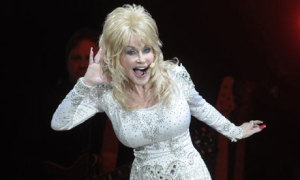
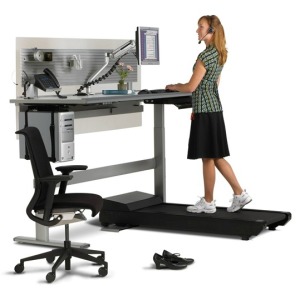
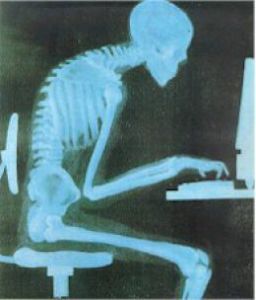
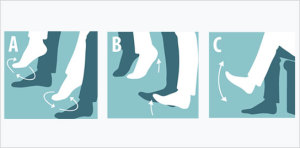
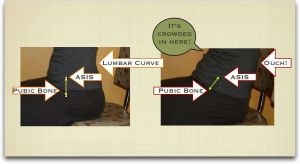
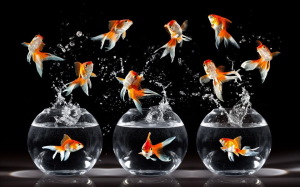
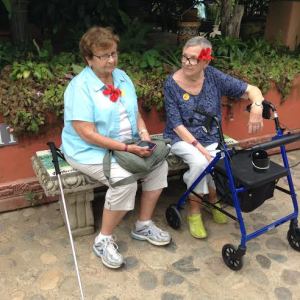

![CAM02072[1]](http://www.grandmabetsybell.com/wp-content/uploads/2014/12/CAM020721-222x300.jpg)
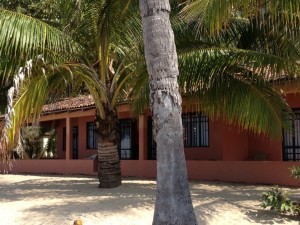
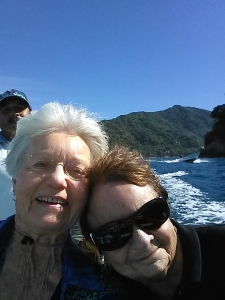
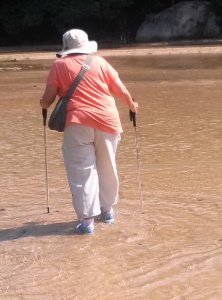
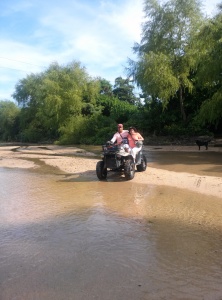

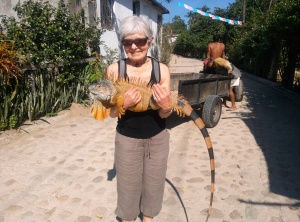
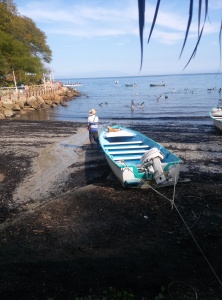

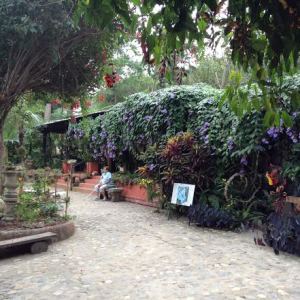
![CAM02086[1]](http://www.grandmabetsybell.com/wp-content/uploads/2014/12/CAM020861-222x300.jpg)
![CAM02026[1]](http://www.grandmabetsybell.com/wp-content/uploads/2014/11/CAM020261-222x300.jpg)
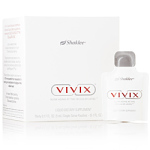
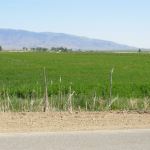
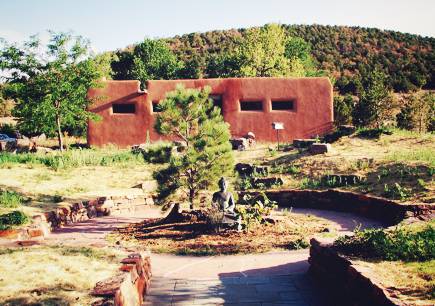
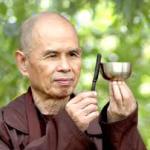
![labyrinthUpaya[1]](http://www.grandmabetsybell.com/wp-content/uploads/2014/11/labyrinthUpaya1-150x150.jpg)
